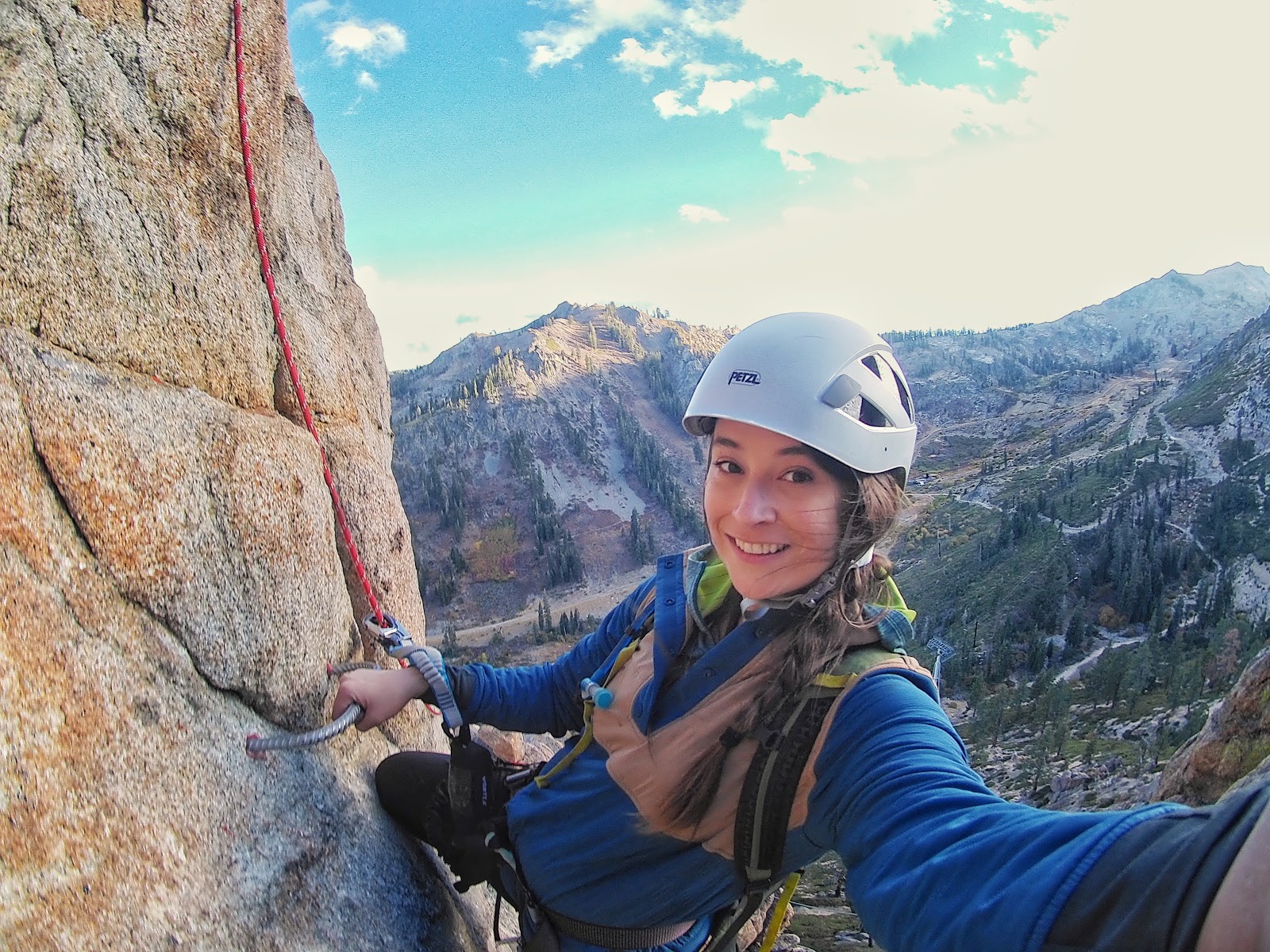E-bikes and cardio: everything you need to know about staying fit on an e-bike
Get a fantastic workout

Cycling is having a moment. Interest in road cycles and mountain bikes is higher than ever, and even though the waiting lists for bikes that built up at the height of the coronavirus pandemic are starting to shorten, there's still huge interest in both conventional, electric bikes, and folding e-bikes.
E-bikes are essentially traditional bicycles with electric motors. The e-bike trend is a few years behind the electric car trend, which truly took off with Tesla's introduction into the consumer car market around 2013.
Since then, more and more consumers have decided eco-friendly travel is a priority, opting for e-bikes for commuting and errands. In the mountains, buyers are realizing that e-bikes can take the pain out of uphill mountain bike climbs and make the rides more fun.
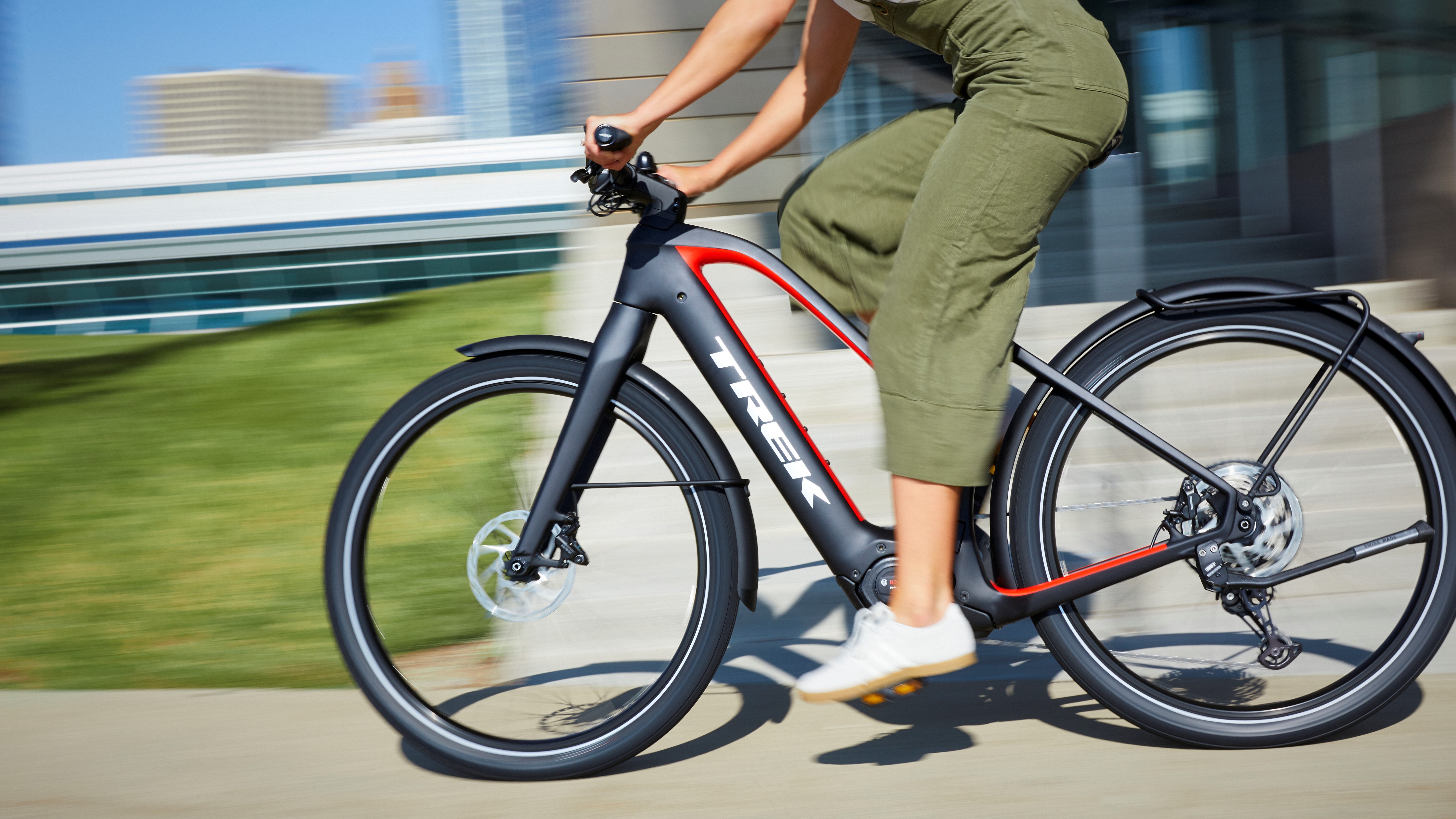
But athletes who cycle for the cardio or workout benefits are still likely to sneer their noses at e-bikes, often seen as 'cheating' in the minds of traditional cyclists and mountain bikers. Unfortunately for those old-guard cyclists, that ableist mindset is anything but correct. With the proper knowledge and technique, nearly anyone can get a fantastic workout on an e-bike at any ability level. Here's how.
How do e-bikes work?
Unlike a regular road or mountain bike, an e-bike has an electric motor to help riders propel themselves. Depending on the bike, the rider can choose to avoid pedaling entirely or use the motor to adjust the level of assistance on uphill climbs or long roads. With a non-motorized bike, uphill pedaling can be extremely tiring, and it can feel like you're pushing extremely hard to keep the wheels spinning, even in the lowest (easiest) gear.
According to Lauren Butler, the city and kids product marketing manager for Trek Bikes, riding an e-bike generally feels similar to a traditional cycle. "Your riding experience feels like the same natural experience of riding any other bike, except with extra power, you can ride farther and faster."
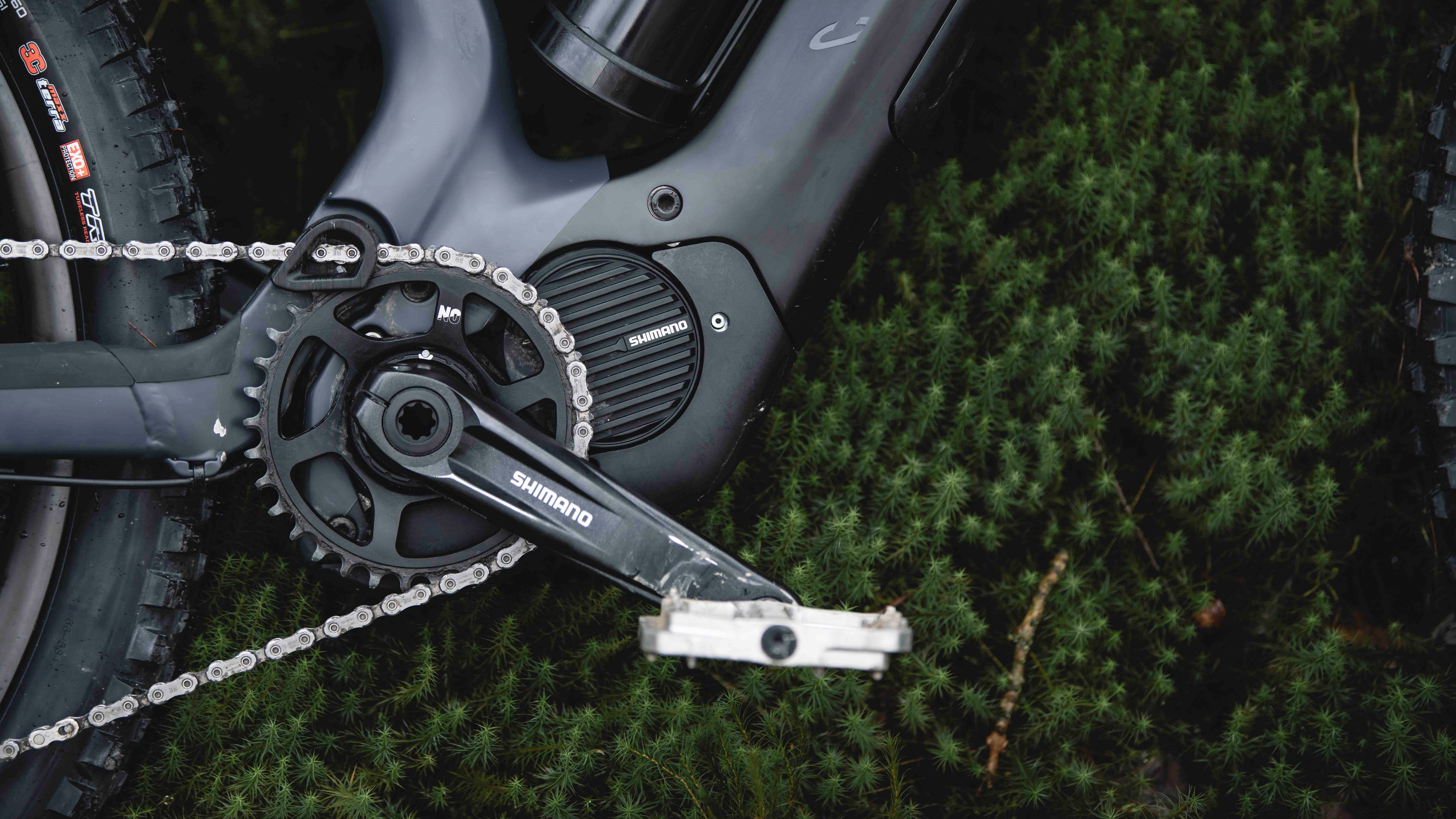
E-bikes have an electric motor powered by a rechargeable battery. Depending on the battery's size, it could take anywhere between two and six hours for a full charge. While riding, a handlebar display lets the rider see and adjust the motor's level of assistance.
Get daily insight, inspiration and deals in your inbox
Sign up for breaking news, reviews, opinion, top tech deals, and more.
For pedal-assisted bikes, the rider must pedal for the motor to work. On an e-bike with a throttle, the rider doesn't need to pedal (similar to a scooter). Some bikes offer both options, but many countries class those with a throttle as mopeds or motorbikes rather than bicycles.
What are the benefits of biking?
Biking is one of the best cardio workout options for the average person. With low-to-no impact (save for crashes,) biking uses all your major muscle groups, improves joint mobility, and, of course, gets your heart rate up and your lungs pumping, especially when climbing uphill or navigating obstacle-ridden terrain.
According to Dylan Renn, a full-time mountain bike coach and former professional mountain bike racer in Northern California, mountain biking is generally more difficult: "A mountain bike is more demanding and requires more strength, whereas on an e-bike, the motor assists with the strength."
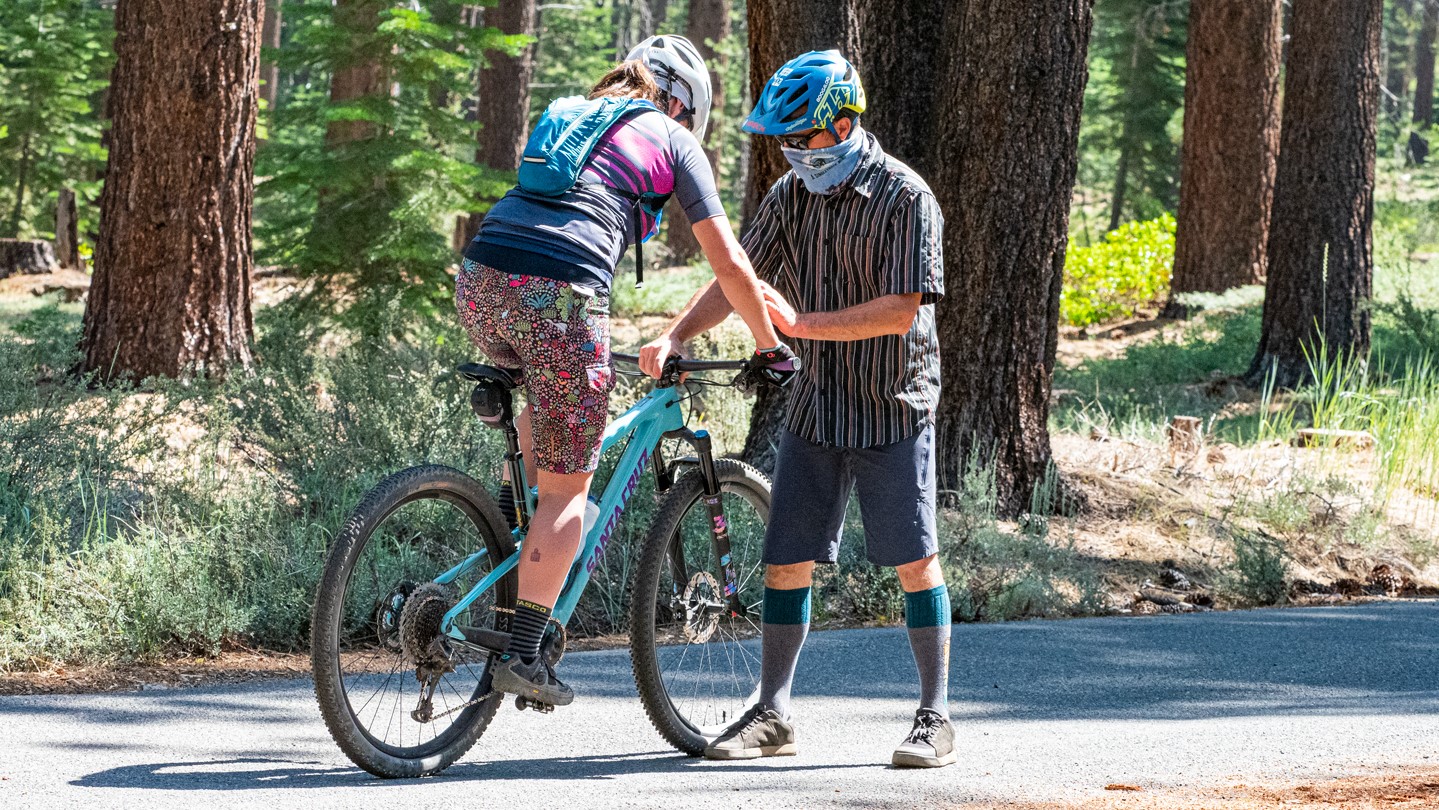
Renn says his requests for one-on-one and group e-bike coaching this year have skyrocketed, paralleling sales reports from e-bike retailers. He thinks traditional bikes and e-bikes can work in parallel with one another, ideal for riders trying both.
"The e-bike lets you operate on a level higher than your own ability because of the power input. So if you can master the skills on an e-bike, your overall mountain bike skills will improve."
Why are people choosing e-bikes?
In a word, ease. In three words, ease, simplicity, and recovery. Riding an e-bike is almost always going to be easier than riding a bike that requires 100 percent human-power. It puts longer and more challenging trails within the rider's wheelhouse and can make riders feel more confident knowing backup power is available if their muscles or lungs hit a metaphorical wall halfway into their rides. But according to Devin Riley, US director of marketing for Canyon Bicycles, it's not just out-of-shape riders who are choosing e-bikes.
"While we've seen strong e-bike demand from adult riders seeking to either replace a car or keep doing strenuous Saturday trail rides, there also is a generation of younger mountain bike riders who are interested in the extra range and power of an e-bike," he says.
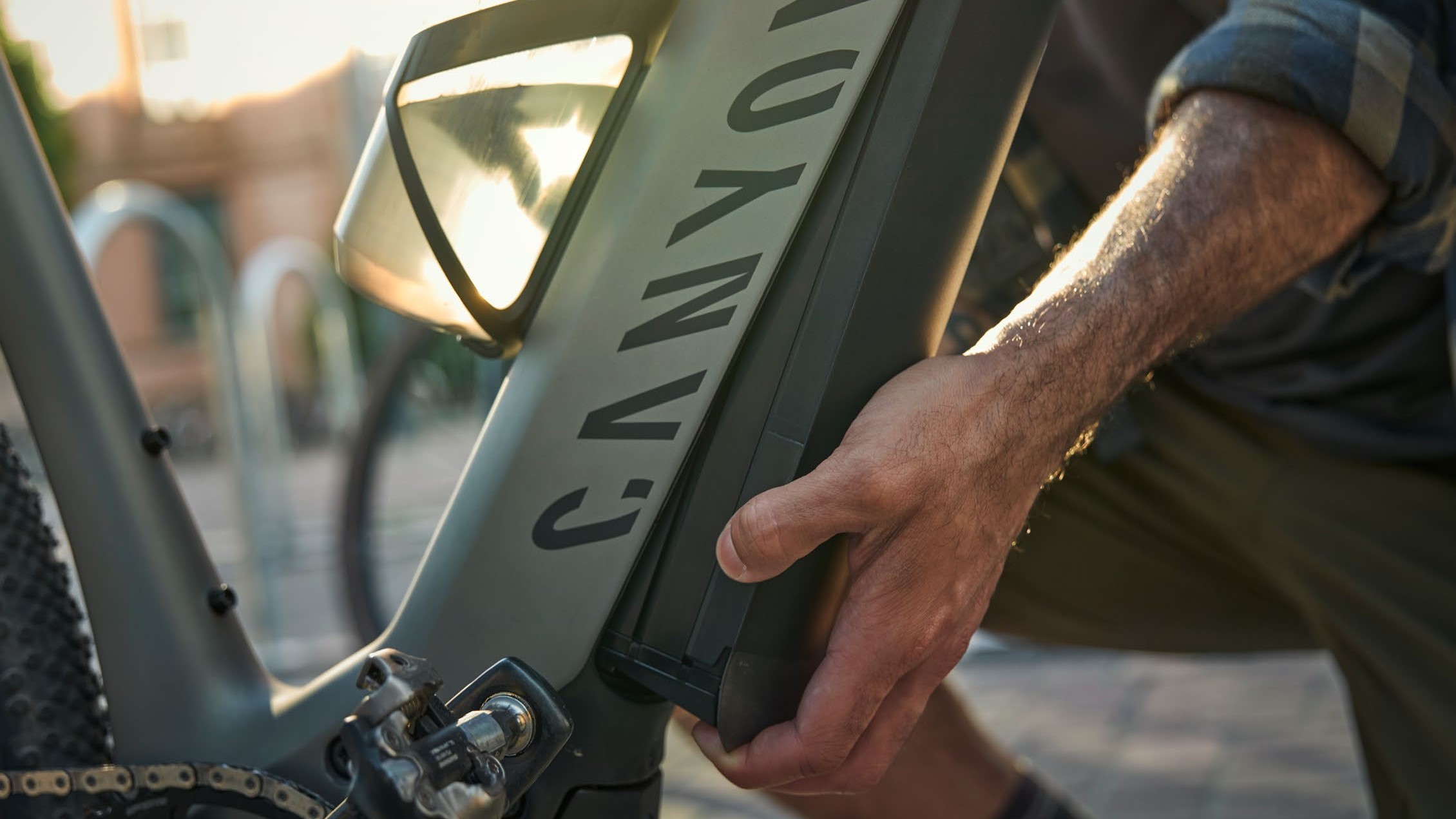
As a former competitive cyclist, Riley says he's used his e-bike to compliment his now-hobby, taking his e-bike out on muscle recovery days, or when he wants to do a third lap but his body only has the energy for two.
According to Trek Bikes' Butler, riders often choose e-bikes to explore new areas they couldn't reach on their own, covering more distance in the same amount of time. E-bikes also allow riders with physical limitations to access otherwise unreachable terrain, and allow riders recovering from injuries to bike earlier in their recovery.
"If you can't ride like you use to, e-bikes are an awesome solution," says Butler. "You're still getting plenty of exercise and enjoying being outside, but the assist makes it more possible and relieves pressure on your joints and back."
E-bikes can also make it easier for people of different ability levels to ride during cycling trips. And, of course, e-bikes are better for the environment than cars. According to the League of American Bicyclists, 60 percent of trips less than one mile long are made in vehicles. E-bike assists may allow some of those drivers to make those trips by cycle instead, helping to reduce their overall CO2 emissions.
So how do you stay fit on an e-bike?
So if traditional mountain bikes require more effort and power, should people looking for a better cardio workout opt to forgo the motor? Not necessarily, says Riley. "You can get the same cardio workout on either," he says. "It all depends how fast you turn the pedals and how much you're asking the e-bike to assist your efforts."
Renn says that e-bike riders should be aware of their heart rate while riding. "One does gain the cardiovascular benefits from an e-bike, but it doesn't feel as taxing. Your heart rate is 9-10 heartbeats per minute lower on an e-bike versus mountain bike when riding at your high-intensity zone. So it's the same effort, but lower heart rate zones in an e-bike."
While a lower heart rate can slightly decrease the number of calories burned in a period of time, it can also give riders the energy they need to ride for longer, which ultimately burns more calories than a shorter ride.
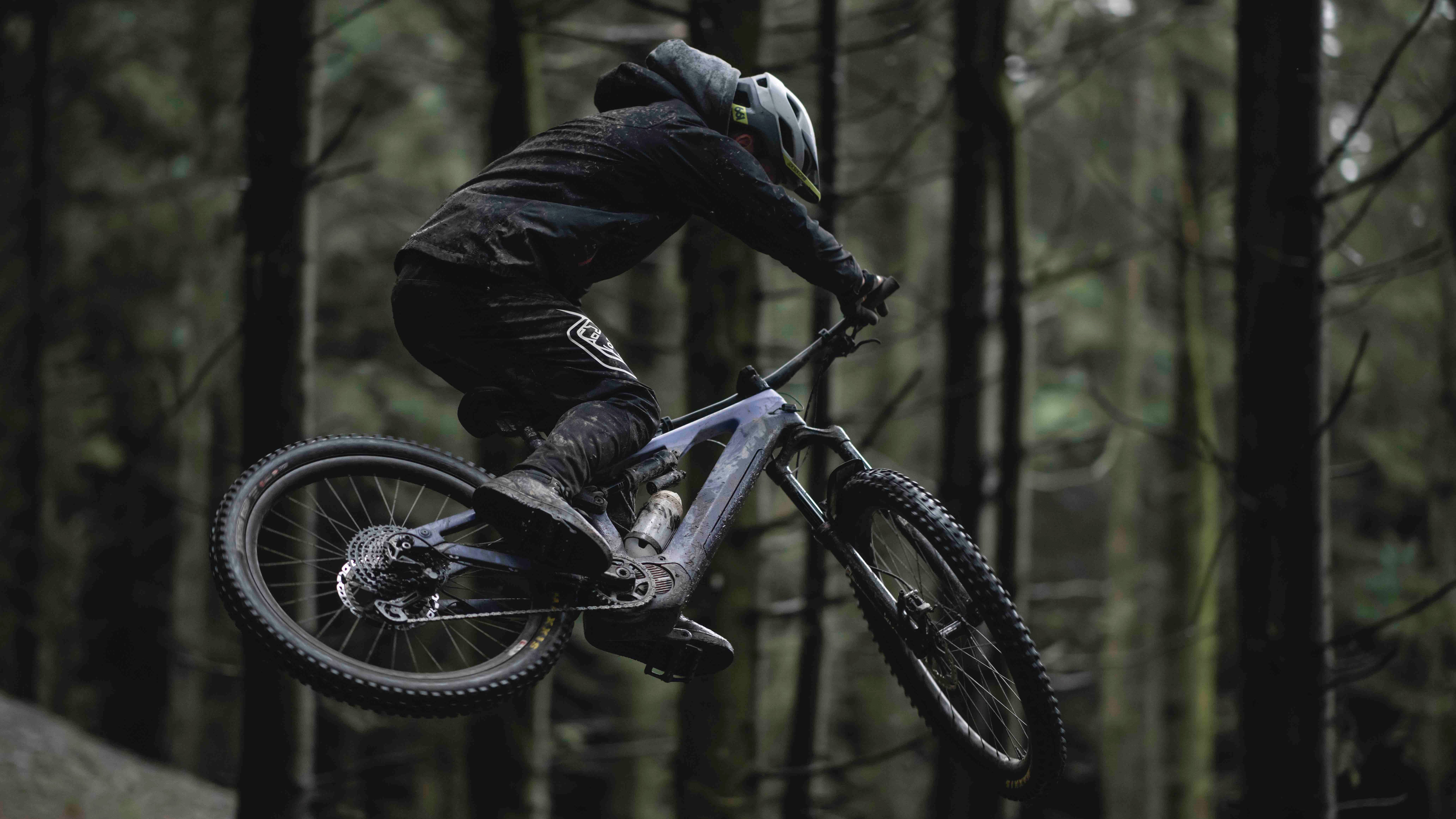
Riley suggests riders use the e-bike to complement a traditional ride, rather than entirely replacing it. E-bikes, he says, can help riders access new trails; for example, an urban rider could use the e-assist to ride outside their city limits, then turn the level of assist down once they start their workout-focused ride.
He also points to the ability to customize workouts with an e-bike: if you need a rest day for your quads, turn up the assistance level. And if it's really a core workout you want, use the e-assist to shuttle up the trail before getting in a core workout during the ride down (most technical riders stand while downhilling.)
Ultimately, the degree to which any e-biker, road cyclist, or mountain biker can train and work out depends entirely on the user. Mountain bikers can take it easy by walking up steep terrain, and putting an e-bike on full assist mode is unlikely to get most people's heart rates into fat-burning mode.
But the idea that e-bikes are 'easier' is a misconception – when properly used, they can both extend your workout and enable you to spend more time on your bike, even on recovery days. And with travel likely suspended for at least another few months, it's an excellent time to strap on a helmet and get in a few miles on two wheels.
Suzie Dundas is a Lake Tahoe-based freelance writer and photographer. Her work has appeared in Business Insider, Forbes, Outside Magazine, SkyLife Magazine, TripSavvy, the San Francisco Chronicle, Frommer's, Fodors, and many more.
